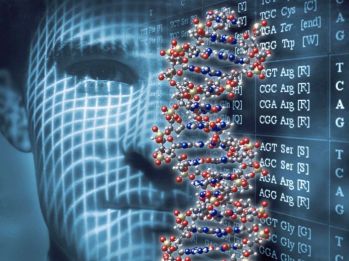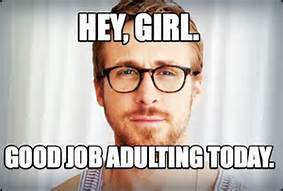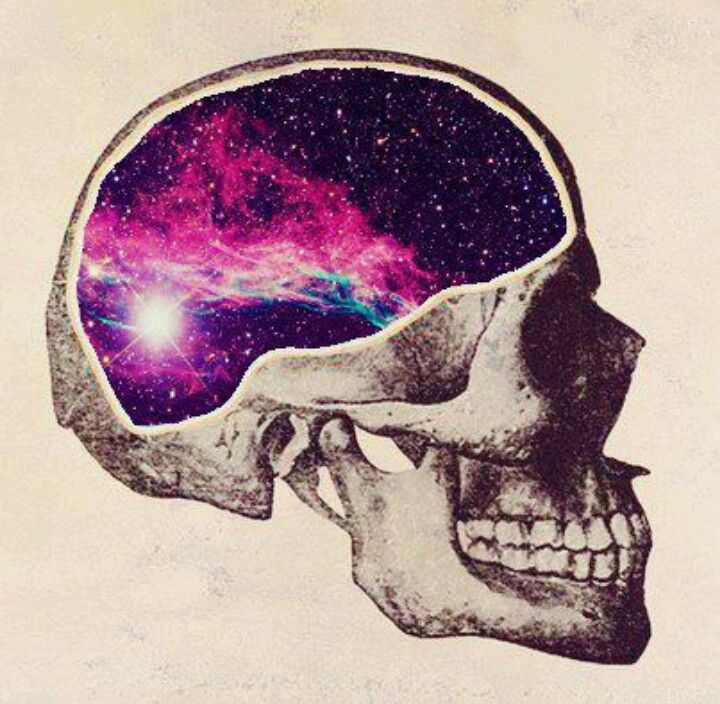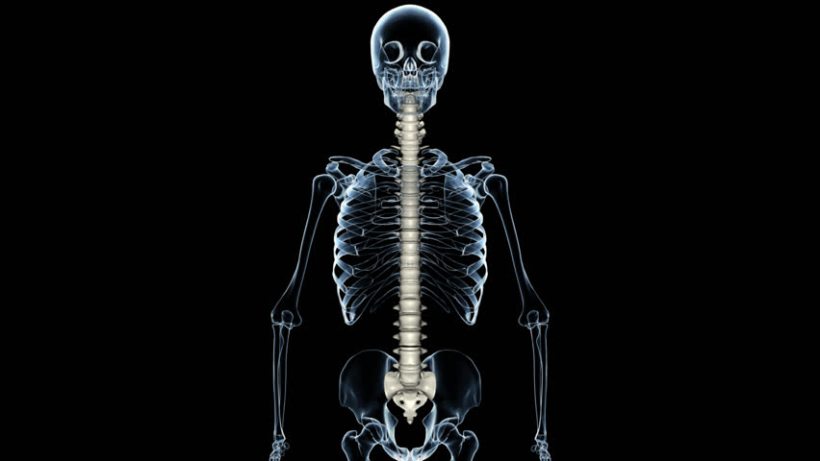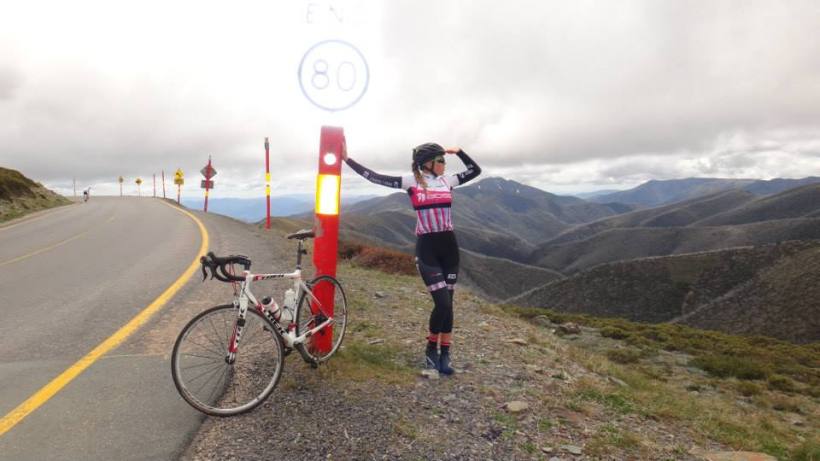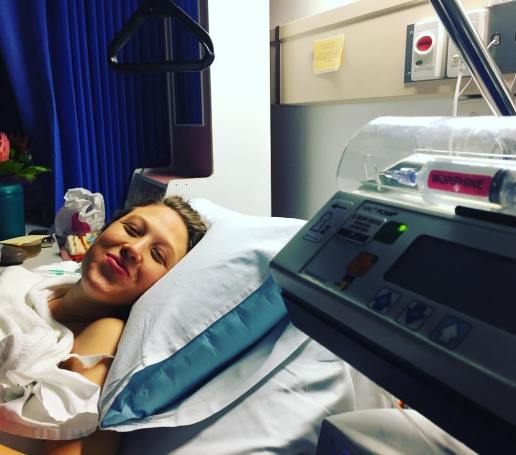I have said it a lot, but mental health was not my initial intention for starting this blog. My intention was to keep a journal of my recovery from spine surgeries (plural) and discuss my methods of rehabilitation. But the most fundamental part of my experience this time around is still anchored in my struggles with anxiety and depression. It seems I signed up for the full adventure somewhere along the line (albeit unknowingly), from my struggle with addictions to pain-killers and their poor impacts on my mental state, to a tough journey getting back to a routine, and now (most recently) a really bloody ridiculous experience transitioning onto a new anti-depressant.
Sometime after writing my previous post, I saw my GP to discuss my exceeding levels of anxiety. Subject to this discussion he advised me to try a different anti-depressant in order to manage my symptoms. The main reason being that, if I am paying a lot of money to take the highest dosage of a drug, and it is not assisting me when I most need it, then I am probably wasting my money. Although I don’t fully agree with this statement, because I firmly believe that there is no such thing as a magic pill for our health, I was desperate. Tired of being unwell and unmotivated, sore and stiff… and just desperate for some normality back in my life. So, I agreed to make the change.
For those who have never taken anti-depressants and therefore have not been privy to the conversation between the patient and doctor when deciding which drug to take, this is how it goes:
Dr: “What are your symptoms?”
Patient: (lists symptoms – although a massively common symptom is lack of concentration and the ability to take notice of changes in your health, so this can be a challenge)
Dr: “Ok, well in that case we have serval options….”
And they will continue by listing the side effects of each drug you could choose from until you come across the drug with the least yucky side effects. Then you generally choose this one. But there is no guarantee that the drug you have chosen will work for you, or that it won’t send you into a spiral of extreme anxiety, suicidal thoughts, confusion, dizziness, vertigo (the list is too long for me to go on with here). The system is flawed from the beginning, and the worst part is that, by the time you are prescribed with an anti-depressant, your conditions is already really bad. So, taking any anti-depressant for the first time is a risk, because it may make you worse than you already are. Some anti-depressants have even been linked directly to suicide in some patients, while the same drug in others will set them on the road to recovery. There is just no way in modern science of knowing what is the best drug for an individual patient, aside from their symptoms.
Individual antidepressants can be grouped into different classes or groups, according to how they work chemically in the body. Within each group, there are usually several medicines that work in a similar way but may differ slightly from each other.
The different groups of antidepressants are about as effective as each other overall, but some people will respond to one antidepressant better than another. The type and severity of side effects can also be quite different between these groups of antidepressants.
For those interested in the scientific details, I made the choice to start taking Dothep, otherwise known as dothiepin or Dosulepin, which is classed as a Serotonin–Norepinephrine Reuptake inhibitor (SNRI). SNRIs are designed to slow the rate that the brain breaks down serotonin and noradrenaline, which leads to an increase in serotonin and noradrenaline activity in the brain. However, they do not commonly work as well as Selective Serotonin Reuptake Inhibitors (SSRIs). I made the switch from Cymbalta (Duloxetine), which is also an SNRI, with the assumption that Dothep would do a better job than Cymbalta, with a low side effect profile, as I had not experienced many side effects on Cymbalta. However, this was far from the case.
Within three days of making the switch from Cymbalta to Dothep, I had what became an ongoing case of vertigo, nausea and dizziness, loss of concentration and the ability to make decisions, and heightened emotions (which meant I spent three weeks on the verge of, or in tears, for no apparent reason) and a few suicidal thoughts. After six months of heightened symptoms of anxiety, and all of the life challenges it brought with it, I did not think things could get much tougher, but as I said, I signed up for the full tour. So here we are.
I have spent the last year of my life putting things on hold for pain and surgery, but this last six months of my journey, between my experiences with returning to a full life along with my experience with mental illness, have been by far the most difficult.
If you read my previous post, you probably pick up on a few aggravating symptoms: I was struggling to get the support I needed in the workplace in order to return to work, recovering from spine surgery and a year of chronic pain; I had just started a new relationship, was living between houses, had changes in my friendship groups and sometime just after I published this, I lost a family member. I am a big believer that life is not here to serve us, and that we just have to take each high and low as it comes, but I tell you… there has been a nice run of life challenges in recent months. So much so, that I don’t blame my pesky little pills for not doing their work properly. In hindsight, I don’t exactly know how I thought they would be able to do their job amongst all of that.
The symptoms I have experienced over recent weeks on the Dothep are not part of my normal symptoms profile for my illness, and quite frankly, I am glad of that. After sticking with the drug for three weeks to see if the symptoms evened out, I went back to the doctor just a few days ago and begged him to switch me back. I don’t know if this was the right decision, and I expect I won’t know for another 6-8 weeks. All I know is that Cymbalta was working for me for a time. In regard to my anxiety, I made the decision to change jobs at work to help reduce anxiety and it has made a huge difference. Despite my emotional state and feeling of general illness as a side effect of the Dothep, my anxiety is almost non-existent and I have had a number of people comment on my change in mood. This, along with the fact that I don’t think I could handle another 6-8 weeks trialling a new drug at this stage, makes me optimistic about returning to Cymbalta.
With all of this coming about over the last week, either by some strange coincidence or a serious case of Facebook hacking my Google analytics, I came across this article yesterday. The article by Mark Brown discusses research into anti-depressants from 2008 in which some scientists believed that the only real effect behind anti-depressants is just a placebo. Their conclusion being that, in the double blind trial that was undertaken on SSRIs, patients who took the real drug only experienced an improvement in their mental health as they noticed the side effects of the drug kicking in, meaning that the drugs themselves only produce side effects, and the presence of those in a patient’s awareness is what will enable them to get better on their own. This was widely reported in the UK in particular. However, new research has found that patients treated with either paroxetine or citalopram (the SSRI’s used in the study) report a larger reduction in depressed mood than those given placebo regardless of if they report adverse events or not.
In the last few weeks I have had a number of people close to me ask if I have ever thought about doing it “the natural way” by going off anti-depressants altogether. Believe me… no one has thought about this more than I have. Not only because I am big on making changes and taking steps in my life towards better health and wellbeing, rather than taking a pill, but also because the journey of anti-depressants has not been easy. It adds another layer of symptoms and possibility for things to go wrong, and nobody wants that. Basically, the studies show that anti-depressants work. They may not work perfectly, and the effectiveness of the drugs vary from patient to patient, but this is an illness that we cannot even cure with medications, let alone cure via any proven “natural alternative”, the stakes are simply too high to take the risk. As Brown states in the article:
“Few people want to take SSRIs for the hell of it; and since there’s absolutely no “high” associated with them, there’s little incentive to carry on if they’re not actually helping you function. And depression is an emergency.”
I do vehemently believe that, once diagnosed with mental illness, our life choices matter. They will no doubt affect the outcome and our ability to survive. As they do all of us – mental illness or not. However, mental illness is still so widely misunderstood, or not understood at all in some respects, that anything that has been proven to help is important. I can choose to live well, make good choices, ensure I have a nutritious diet and exercise in my day to day life, regularly see a psychologist, practice behavioural therapy to manage the known triggers for my illness…. but I cannot manage my anxiety in full without medication. Because there are still, 3 years on, aspects of my illness that are unknown to me – triggers that are unknown.
The problems that I have faced with mental illness have all related directly to how little society understands about the illness and its treatments. This is bigger than just choosing to go natural or not, because the known treatments still have many flaws. I recently updated my previous post ‘Always in the ‘Back’ of my mind’ with a link to a national survey on mental health in Australia, which could help scientist fill in the gaps of with vital information about symptoms, causes and treatments for mental illness.
caityleidoscope If you have been, or are being, treated for anxiety or depression, and are living in Australia, I urge you to register to participate in a major study on the genetics of depression. The Australian Genetics of Depression Study, which is the Australian arm of an international study created to understand the genetics of depression, is recruiting Australian adults – aged 18 and above who have been treated for clinical depression.
This study is a big deal for people like me. Based on using DNA to compare with symptoms, experiences and medical treatments, the more we come to understand about the illness and how it relates to each individual, the better off we will all be in finding manageable alternatives in medications. Perhaps we may even know more about preventing the illness before it is able to develop in those genetically prone to it.
So, if you are being, or have ever been, treated for mental illness, and live in Australia, I sincerely hope that you will join the study. It is becoming an epidemic that will affect generations to come at a greater rate than it affects our society now if we do not act.
If you would like to find out more about the study, you can listen to the great podcast by Lynn Malcom of Radio National’s “All in the Mind” program:
Or visit the website for the study here.


